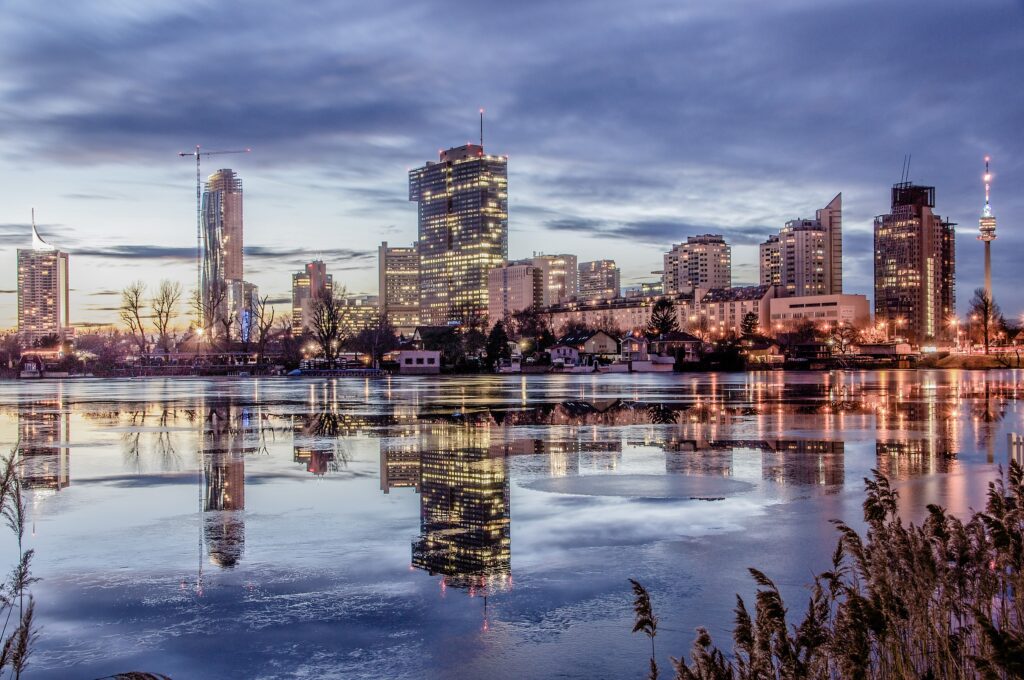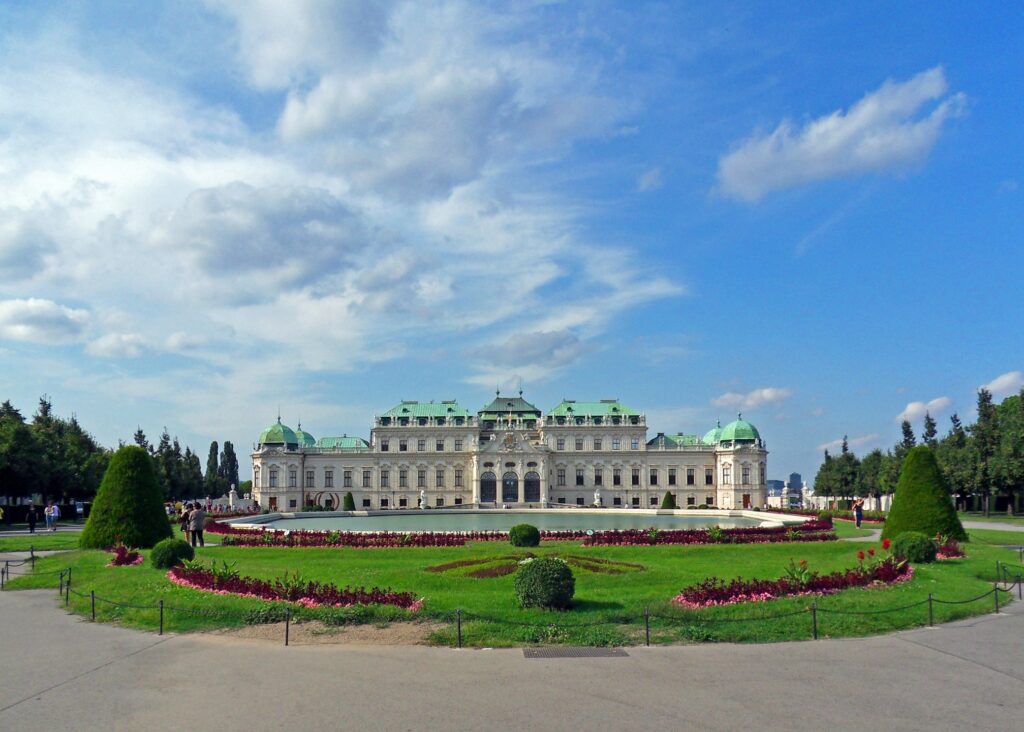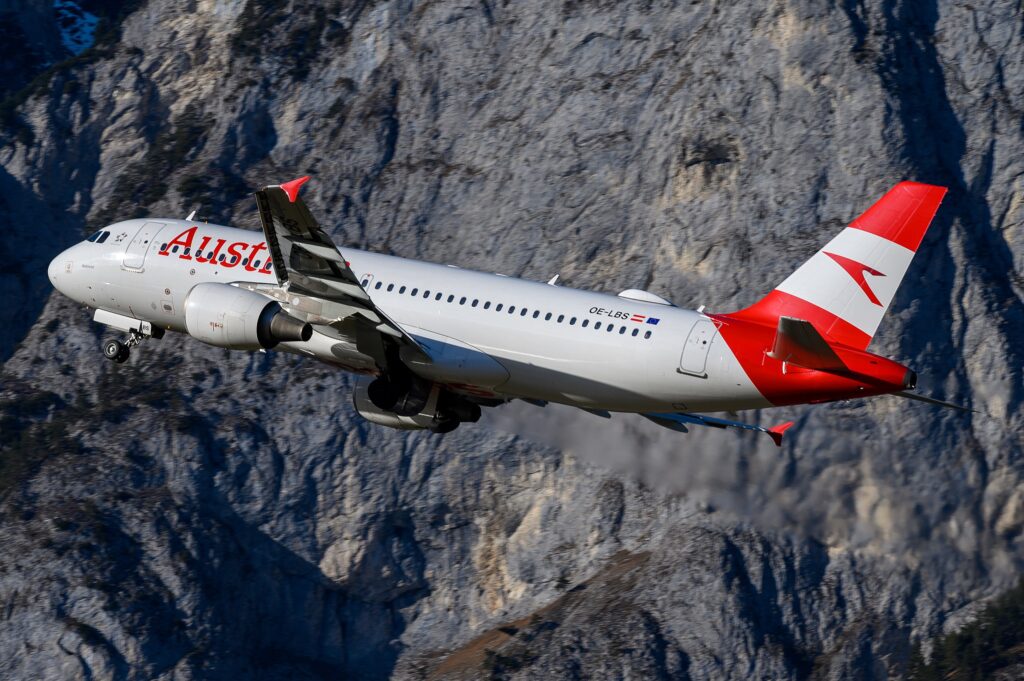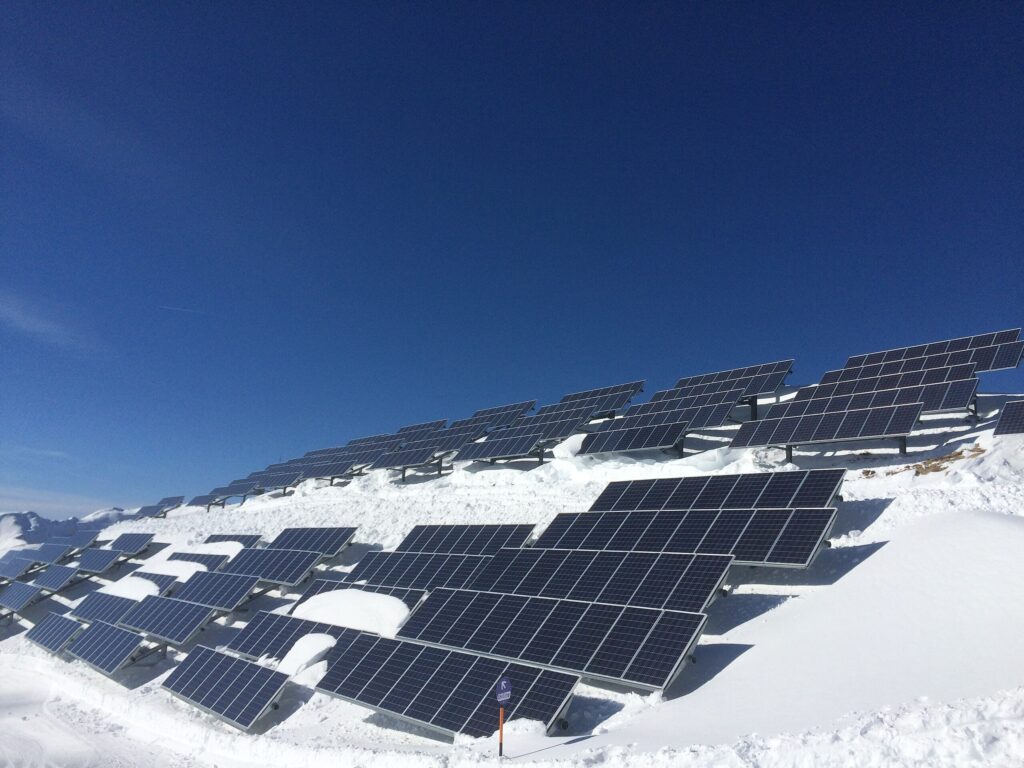10 Interesting Facts About Austria
Quick facts about Austria:
- Location: Austria is a landlocked country in Central Europe.
- Capital: Vienna.
- Population: Approximately 8.9 million people.
- Language: German is the official language.
- Currency: Euro (EUR).
- Land of Music: Austria is renowned for its classical music heritage, with famous composers like Mozart and Strauss calling the country home.
Fact 1: Vienna is the best city to live in the world based on many rankings
Vienna consistently secures its position as one of the world’s best cities to live in, according to various reputable rankings:
- Quality of Life Index: Vienna often tops the Mercer Quality of Living Survey, with a score exceeding 100 points, showcasing its exceptional living standards.
- Global Liveability Index: The city consistently achieves high rankings in The Economist’s Global Liveability Index, emphasizing its overall appeal for residents.
- Monocle’s Quality of Life Survey: Vienna regularly features in Monocle magazine’s annual survey, recognizing its urban infrastructure, safety, and cultural offerings.
- Economist Intelligence Unit’s Global Liveability Ranking: Vienna secures a spot among the top cities, reflecting its stability and excellent public services.
- Numbeo’s Quality of Life Index: Numbeo consistently rates Vienna as one of the world’s best cities based on factors such as safety, healthcare, and cost of living.
 Fabian Lackner, CC BY-SA 3.0, via Wikimedia Commons
Fabian Lackner, CC BY-SA 3.0, via Wikimedia CommonsFact 2: A large part of Austria is the Alps
The Austrian landscape features a substantial expanse of the Alps, a vast mountain range that extends across the country. Approximately 62% of Austria’s total land area is occupied by the Alps. The Austrian Alps, renowned for their stunning beauty and diverse ecosystems, contribute to Austria’s reputation as a winter sports destination. This alpine region also plays a crucial role in shaping the country’s climate, culture, and outdoor recreational opportunities, making it an integral and visually striking element of Austria’s geography.
Fact 3: Austria was united with Hungary for a long time
For several centuries, from 1526 to 1918, the Austro-Hungarian Empire existed as a dual monarchy, comprising both the Austrian Empire and the Kingdom of Hungary. This union was established after the Ottoman Empire’s victory at the Battle of Mohács in 1526. The Austro-Hungarian Empire played a significant role in European politics and culture during its existence, witnessing a complex interplay of diverse ethnicities and cultures within its borders. The empire eventually dissolved after World War I, leading to the establishment of the independent Republic of Austria and the Kingdom of Hungary.
 Cassowary Colorizations, (CC BY 2.0)
Cassowary Colorizations, (CC BY 2.0)Fact 4: Austria is home to Europe’s highest waterfall
The majestic Krimml Waterfalls, located in the High Tauern National Park, claim the title of Europe’s highest waterfall. With a total height of 380 meters (1,247 feet), the falls cascade down three impressive stages, surrounded by the breathtaking alpine scenery of the Austrian Alps. A popular destination for nature enthusiasts and hikers, the Krimml Waterfalls showcase the natural beauty and splendor that Austria has to offer.
Note: Before visiting the country, check if you need an International Driver’s License in Austria to drive.
Fact 5: Austria has a different name in German
In German, the official language of Austria, the country is called “Österreich.” The name derives from the Old High German words “ōstar” (east) and “reih” (realm), reflecting Austria’s historical position as the eastern frontier of the Holy Roman Empire. The term “Österreich” has been in use since the 13th century, and it uniquely captures the country’s geographical and historical significance.

Fact 6: Austria is home to the Habsburg dynasty
The Habsburg dynasty, emerging in the 10th century, gained prominence during the late Middle Ages and eventually established its seat of power in Austria. At its zenith in the 16th and 17th centuries, the Habsburgs wielded influence over a vast realm, encompassing not only the Austrian lands but extending across Central Europe. The Habsburg territories included the Holy Roman Empire, the Spanish Empire, and various regions in Italy and the Netherlands. This expansive domain marked the Habsburgs as one of the most influential European dynasties. The family’s rule continued until the dissolution of the Austro-Hungarian Empire in 1918, concluding a chapter that had endured for over a millennium. Today, the Habsburg legacy lives on in Austria’s rich cultural and historical tapestry, with landmarks like the Hofburg Palace serving as tangible reminders of their enduring impact.
Fact 7: Because of the consonance, many people confuse Austria and Australia
Because of the similarity of the names, people sometimes confuse Austria and Australia. There are jokes on the Internet that there are special counters at Austrian airports for those who plan to fly to Australia. Of course, this is not true. But there may well be people who have gone to the wrong place. Don’t make the same mistake by flying to the wrong place!
 BriYYZ, CC BY-SA 2.0, via Wikimedia Commons
BriYYZ, CC BY-SA 2.0, via Wikimedia CommonsFact 8: Organic farming is booming in Austria
As of recent years, approximately 25% of Austria’s total agricultural land is dedicated to organic farming. This accounts for a substantial share of the country’s agricultural sector, reflecting the significant growth and acceptance of organic practices. The number of organic farms in Austria has also been steadily increasing, with thousands of farmers adopting environmentally friendly and sustainable approaches to agriculture. This demonstrates a robust commitment to organic farming, making Austria a notable player in the global movement towards more sustainable and eco-friendly agricultural practices.
Fact 9: Austria has no nuclear power plants and a lot of energy is produced from renewable sources
Austria has maintained a nuclear-free energy policy, with no operational nuclear power plants within its borders. Instead, the country has focused on harnessing energy from renewable sources, such as hydropower, wind, solar, and biomass. Hydropower, in particular, plays a pivotal role in Austria’s energy landscape, thanks to its numerous rivers and Alpine terrain.
- Renewable Energy Share: Over 70% of Austria’s total electricity consumption comes from renewable sources.
- Hydropower Contribution: Hydropower, primarily from the Alps, contributes to more than 60% of the country’s electricity production.
- Wind and Solar: Austria has been steadily increasing its capacity for wind and solar energy. Wind power accounts for around 9% of total electricity consumption, while solar contributes around 3%.
- Biomass: Biomass also plays a significant role, constituting about 7% of Austria’s electricity production.
 Mr ccep, CC BY-SA 4.0, via Wikimedia Commons
Mr ccep, CC BY-SA 4.0, via Wikimedia CommonsFact 10: Classical music is an integral part of Austrian culture
Austria has a rich and profound musical heritage, with classical music deeply ingrained in its cultural identity. The country is renowned for producing some of the world’s greatest classical composers, including Wolfgang Amadeus Mozart, Ludwig van Beethoven, Franz Schubert, and Johann Strauss II. Vienna, the capital of Austria, holds a special place as a global center for classical music, with its illustrious venues such as the Vienna State Opera and the Musikverein concert hall. The tradition of classical music continues to thrive in Austria, with numerous music festivals, concerts, and events celebrating the legacy of its iconic composers and contributing to the country’s cultural tapestry.





